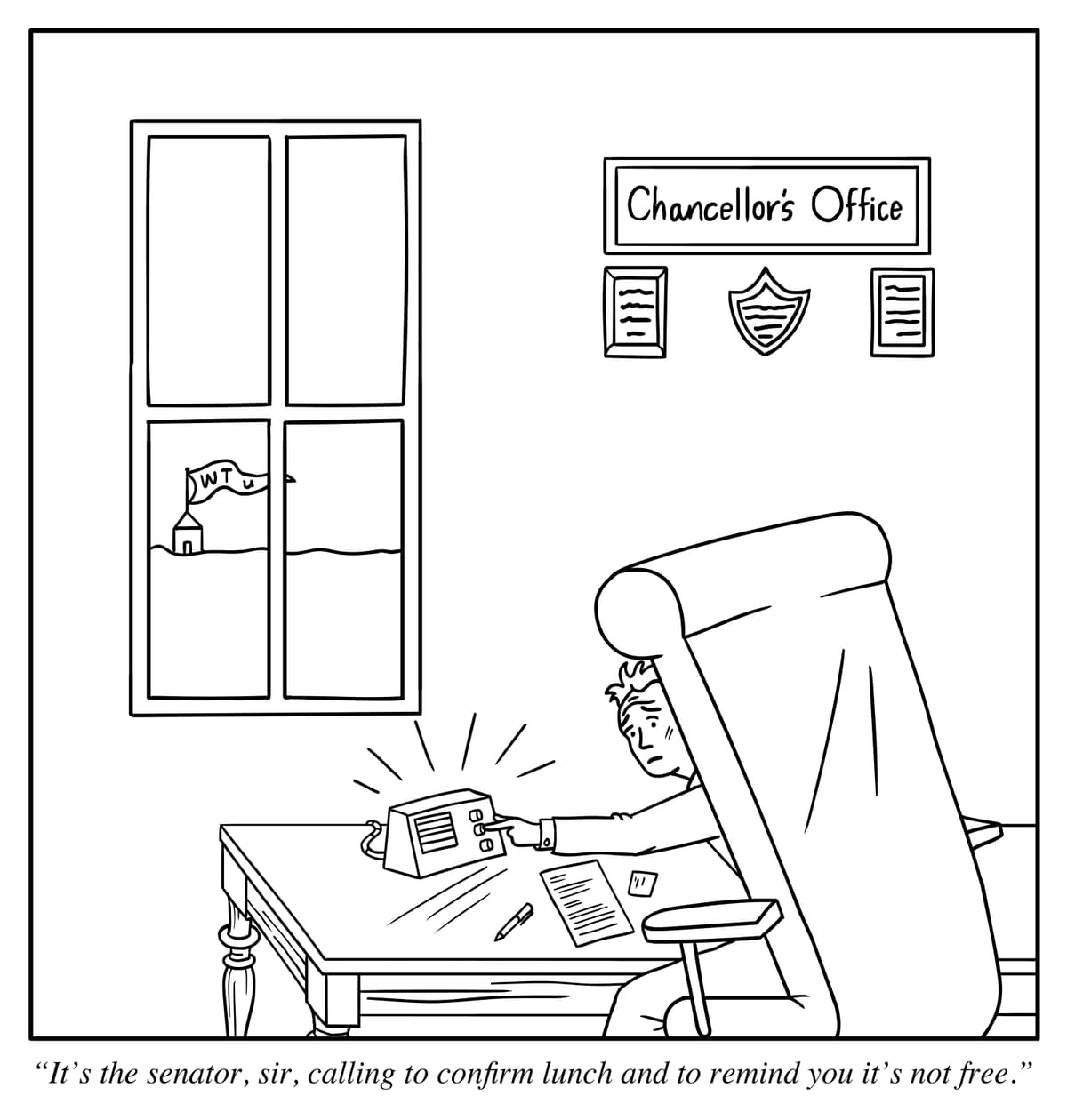What Is A University? Part III
Is it a state agent?

Scarcely after the Declaration of Independence was signed, Thomas Jefferson was thinking about the need for a national university to educate the new country’s citizens in a broad liberal education; the goal was to prepare them for leadership in all aspects of society to secure the nation’s hard-won independence. The idea for a national institution was not embraced, and Jefferson turned his attention to his own state, Virginia, devising a plan to educate everyone, regardless of background or ability to pay, a tiered plan of schools designed to educate all and ultimately identify those for advanced education (not dissimilar from that of William Smith’s “A General Idea of the College of Mirania,” 1753). Jefferson’s plan only went so far, and he had to wait until retirement to bring his ideas for a university to fruition in the form of the University of Virginia in 1825.
But the notion that education, including advanced education, was the key to the success of the country—that it had a society-building and economic purpose, not merely a democratic motivation—and that the federal government should support it, was by this point becoming accepted. By the time of the first Morrill Act, 1862, which established funding for colleges to educate students in “agriculture and the mechanical arts “(in addition to, not instead of, liberal arts), many colleges had already started curricular expansion into the areas of engineering and applied sciences: Yale’s side project, The Sheffield Scientific School; West Point; Union College, an entire engineering school, Rensselaer Polytechnic, and others that followed (most famously by MIT) and that experienced mixed success. In many ways, the first Morrill Act was simply coincident with the Industrial Revolution and the growing tendency for American academics in the 19th century to look to their European counterparts, especially in German universities, as a model of what they should be doing.
